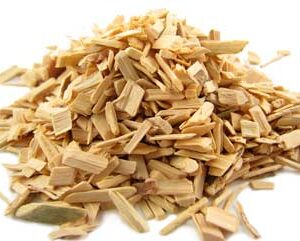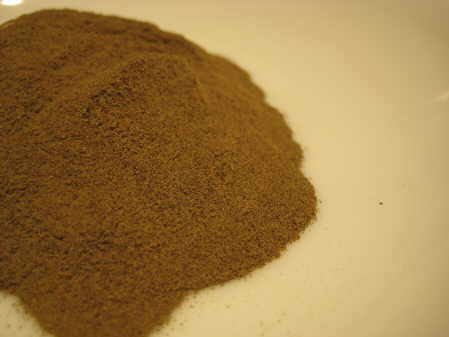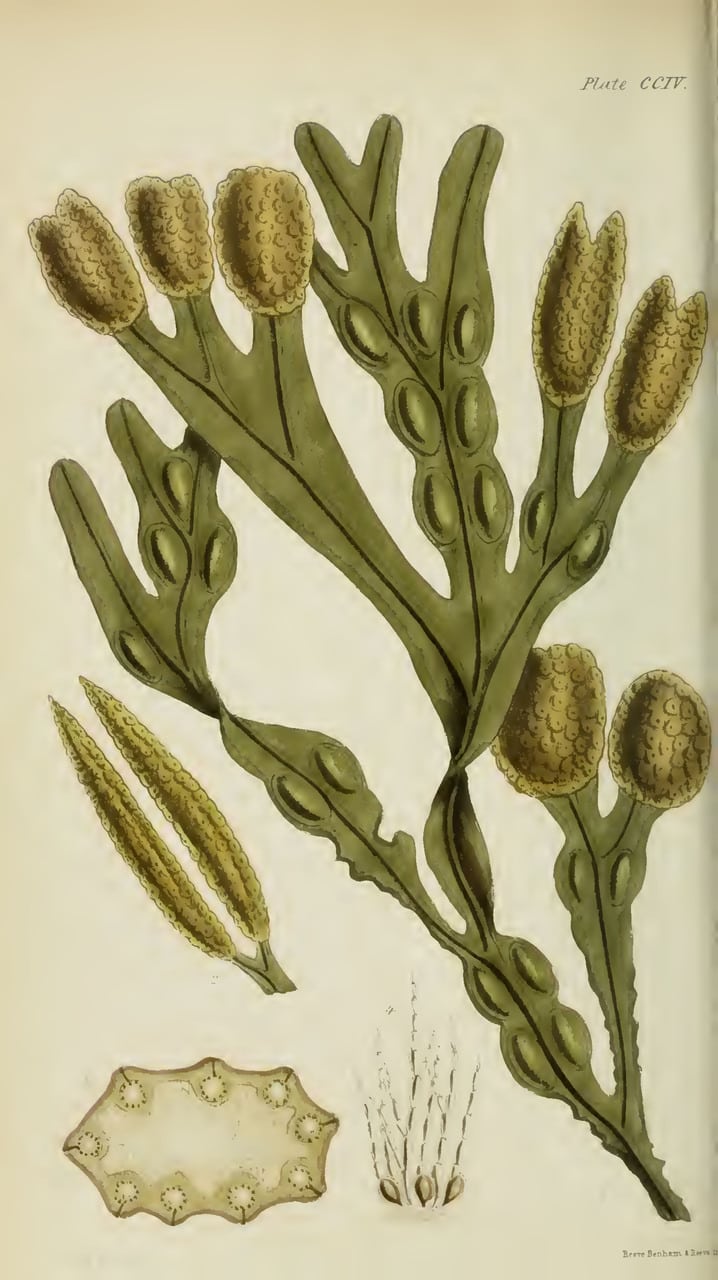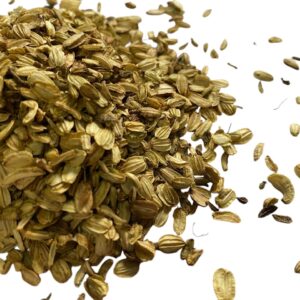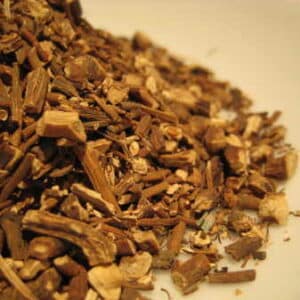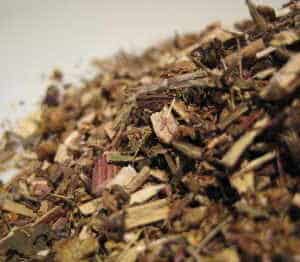Bladderwrack Powder – (Fucus vesiculosusis)
£6.50
Bladderwrack powder
Fucus vesiculosusis
Also known as Black Tang, Rockweed, Bladder Fucus, Sea Oak, Black Tany, Cut Weed and Rock Wrack.
100 grams
CAUTIONS
Bladder wrack should not be used in cases of hyperthyroidism or cardiac problems, or during pregnancy and lactation. Excessive dosage may lead to hyperthyroidism, tremor, increased pulse rate and elevated blood pressure.
Bladderwrack Powder is from Fucus vesiculosusis, a seaweed found on the coasts of the North Sea, the western Baltic Sea, and the Atlantic and Pacific Oceans, also known by the common names Black Tang, Rockweed, Bladder Fucus, Sea Oak, Black Tany, Cut Weed and Rock Wrack.
Medicinal Uses and Constituents of Bladderwrack Powder:-
It was an original source of iodine, discovered in 1811, and was used extensively to treat goitre, a swelling of the thyroid gland related to iodine deficiency. In the 1860s, it was claimed that Bladderwrack Powder, as a thyroid stimulant, could counter obesity by increasing the metabolic rate and, since then, it has been featured in numerous weight-loss remedies.
Primary chemical constituents of this plant include mucilage, algin, mannitol, beta-carotene, zeaxanthin, iodine, bromine, potassium, volatile oils, and many other minerals.
The main use of Bladderwrack (and other types of seaweed) in herbal medicine is as a source of iodine, an essential nutrient for the thyroid gland.
It has a reputation in helping the relief of rheumatism and rheumatoid arthritis, both used internally and as an external application upon inflamed joints. A chemical constituent of Bladderwrack Powder called alginic acid swells upon contact with water; when taken orally, it forms a type of “seal” at the top of the stomach, and for this reason has been used in several over-the-counter preparations for heartburn. The same constituent gives it laxative properties as well.
